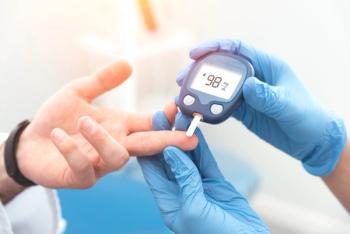
Progression of Type 1 Diabetes in Pediatric Patients
Dr Elaine M. Apperson defines each stage of type 1 diabetes and how progression may present in pediatric patients.
Episodes in this series

Elaine M. Apperson, MD: With type 1 diabetes, when a child presents, and the mom or dad asks how long this has been going on, we can’t give them a very good answer. The reason is that we can’t pinpoint the moment in which the immune system started to attack the beta cells in the pancreas, which produce insulin. But we know that there’s progression. The first stage of diabetes is when the immune system mounts an antibody or several antibodies against those beta cells. We don’t know why the immune system is triggered to do so.
Stage I of diabetes is when you have 2 or more antibodies that are directed from the immune system against that beta cell. There’s no interruption of adequate insulin production to control the blood sugars, and there are no symptoms. The second stage of diabetes happens when—if you look carefully, if you monitor blood sugars over a 24-hour period—you see some slightly elevated blood sugar readings. But you wouldn’t see a patient exhibiting any symptoms. The immune system would still be attacking those beta cells, but it wouldn’t reach the point where the patient was experiencing symptoms of dehydration; polydipsia, meaning excessive thirst; or anything like that. The third stage is the onset of symptoms. That’s when they tend to present with weight loss, increasing thirst and urination. At that point, the blood sugars are likely going over 200 mg/dL. If the blood sugar is going over 200 mg/dL, then the body is having to flush out the sugar with extra water taken from the cells and the fluid between the cells. The body is truly getting dehydrated at that point, and the child is probably losing a little weight as well.
There’s great variability in how quickly a child might go from 1 stage to the next. A child may present at age 14 months with severe onset of diabetes, to the point where he or she is violently ill. On the other hand, we may have a 16-year-old who presents with incidentally noted high blood sugars because he or she has started to go to the bathroom a few extra times every night. Generally speaking, the later diabetes presents, the less severe the attack is from the immune system on the beta cells. That’s not true across the board, but we have no way of knowing how quickly that immune system is attacking the beta cell. There’s no way to regulate that, and there’s no way to reverse that. It’s extremely variable across the spectrum, and extremely individualized.
Transcript edited for clarity
Newsletter
Access practical, evidence-based guidance to support better care for our youngest patients. Join our email list for the latest clinical updates.










